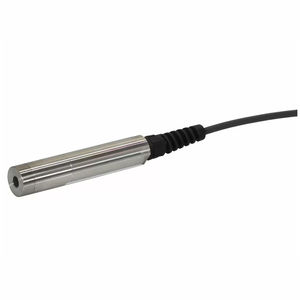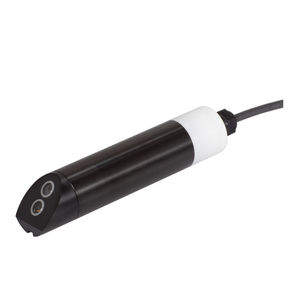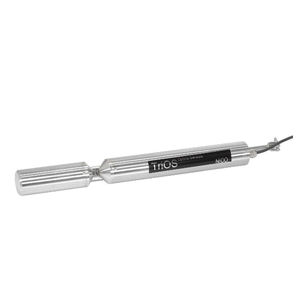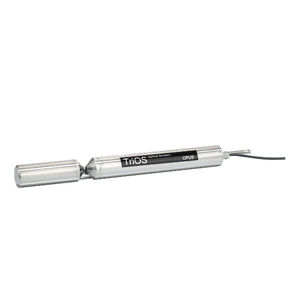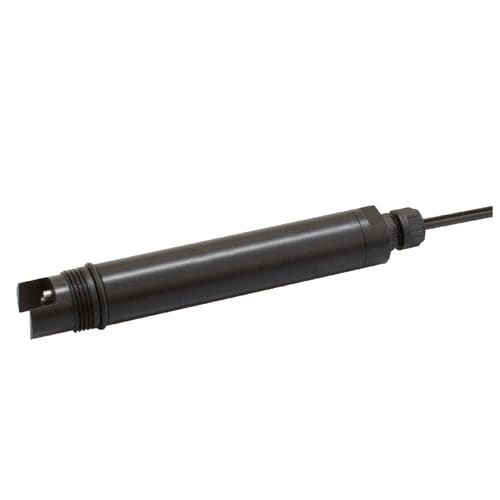
- Metrology - Laboratory
- Analytical Instrumentation
- Digital conductivity sensor
- KISTERS - HyQuest Solutions
Digital conductivity sensor for waterModbus RTU
Add to favorites
Compare this product
Characteristics
- Technology
- digital
- Applications
- for water
- Output
- Modbus RTU
Description
Conductivity sensors are measuring devices that measure the ability of a measuring medium to conduct electric current between two electrodes. The current flows by ion transport. This means that measuring media with a higher number of ions conduct the current better.
A conductivity detector is used for digital measurements of conductivity in pure or process water.
Measurement technology - Conductivity
Measurement principle - Conductivity with two graphite electrodes
- -
Parameter - Conductivity
Measurement range - 0.00 µS… 20000 µS
Measurement accuracy - ±0.5 µS at 20 µS ± 5 µS at 200 µS ± 50 µS at 2000 µS ± 500 µS at 20000 µS
Response time - T90 < 60s
Temperature compensation - Via NTC
- -
Housing material - PVC housing, graphite electrodes
Dimensions (L x Ø) - 220 mm x 33 mm - ~ 8.7“ x 1.3“
- -
Interface - RS485 (Modbus RTU)
Power supply - 12…24 VDC
Connection - 8-pin M12 connector, cable length 2 m or 10 m
Maintenance interval - 2 years
System compatibility - Modbus RTU
Warranty - 1 year (EU & US: 2 years) on electronics; wear parts are excluded from the warranty
- -
Process pressure - 10 bar - ~ 145 psig
Calibration method - One-point calibration with standard measuring solution
Process temperature - 0…50°C ~ +32 °F to +122 °F
Catalogs
No catalogs are available for this product.
See all of KISTERS - HyQuest Solutions‘s catalogsOther KISTERS - HyQuest Solutions products
Water Quality
Related Searches
- Spectrometer
- PH sensor
- Process spectrometer
- Optical spectrometer
- Conductivity sensor
- Automatic sampling system
- Measurement spectrometer
- Photometer
- Fast spectrometer
- Water conductivity sensor
- Dissolved oxygen sensor (DO)
- Water sampler
- Real-time spectrometer
- Digital dissolved oxygen sensor
- Digital pH sensor
- Optical dissolved oxygen sensor (DO)
- Process photometer
- Digital conductivity sensor
- High-end spectrometer
- RS-485 dissolved oxygen sensor (DO)
*Prices are pre-tax. They exclude delivery charges and customs duties and do not include additional charges for installation or activation options. Prices are indicative only and may vary by country, with changes to the cost of raw materials and exchange rates.





